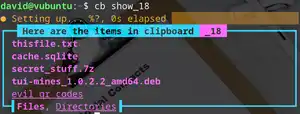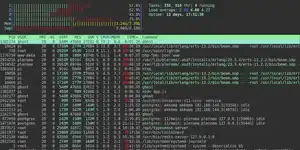
You should try these 4 awesome Linux distros which aren't Ubuntu
Choosing a Linux distro is hard - especially as there are literally thousands available, ranging from uber professional offerings such as Ubuntu, to distros strung together for personal use using bits of old string and sealing wax (or Linux from Scratch and Cubic). While Ubuntu is the traditional first stop for beginners, here are four other Linux distros which are worth your time.
Kali Linux
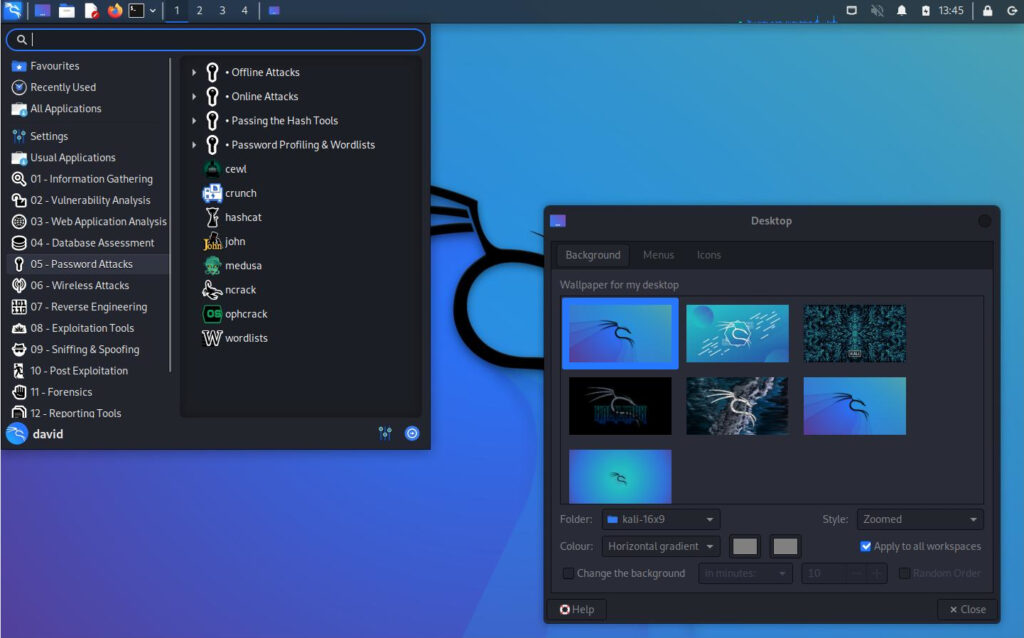
Kali was specifically designed with security research in mind - this means penetration testing, malware mongering, and deploying exploits to take control of someone else's PC, phone, or network connected toaster.
A distro is largely defined by the tools with which it ships, and as you'd imagine, Kali comes fully loaded with an awesome array of packages designed for mischief. These are sensibly organised into categories which are easily accessed from the menu system, and cover everything from gathering information on a target to creating payloads and hiding your tracks. If you're wearing a white hat, you'll find the forensic tools suite especially useful.
Kali Linux is a Debian-based distro, and employs a heavily themed XFCE4 desktop environment. If mythical creatures are your thing, you'll be delighted with the array of dragon-themed wallpapers.
Kali will run on almost any hardware including Raspberry Pi, WSL, as a live USB, in a docker container, as a vagrant image, as a ready-to-go app on various cloud providers, or even on certain mobile phones.
Kali Documentation is extensive and extremely well laid out, and if you run into a problem, there are hundreds of YouTube videos which can help.
If you want to use Kali Linux while disguising your nefarious activities, the Kali Undercover theming scripts can make your desktop look just like Windows 10!
Regolith Linux
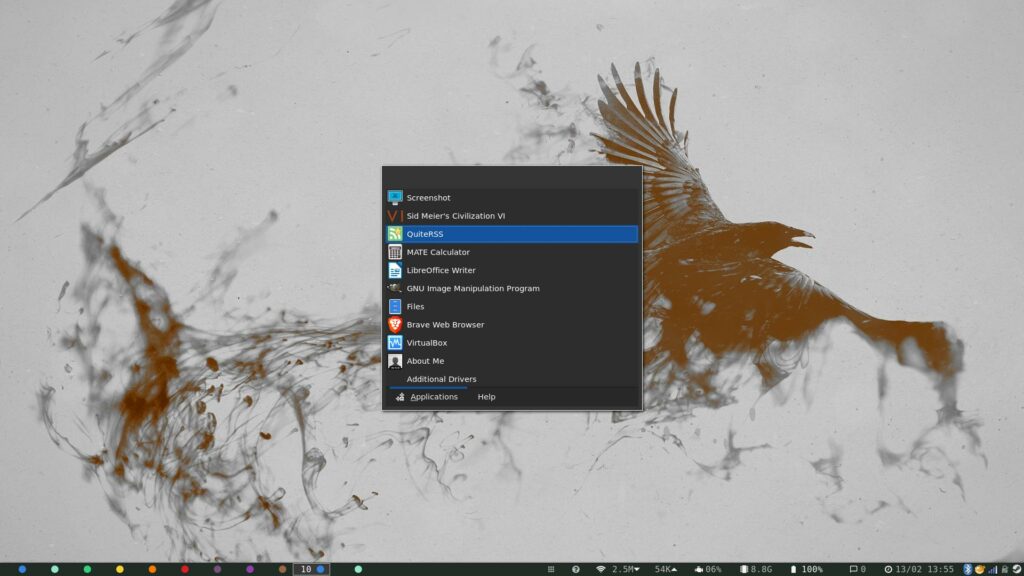
Tiling Window Managers (TWMs) are good looking, keyboard-driven alternatives to full desktop environments, but setting them up is time consuming and difficult for some users. Regolith Linux is an i3 centred distro, which is backed by GNOME session manager. It's ready-to-use as soon as you boot your system and comes with sensible defaults, and a pinned Conky to help you with the keyboard shortcuts.
Regolith is based on Ubuntu, meaning that you benefit from the enormous user knowledge base, and vast array of software in the default repositories.
Regolith ships with the Rofi launcher, but you can easily edit the configuration files to specify drun if you prefer. The GNOME integration is more than skin deep, and you'll have access to the GNOME settings manager, which makes it easy to configure power profiles, connectivity, and more. While the learning curve can be quite steep, Regolith documentation covers just about any situation you can think of.
Regolith made the jump from version 1.6 to 2.0 in late 2022, and development continues apace, with the current version sitting at 2.2, with further advances expected later in 2023.
KDE Neon
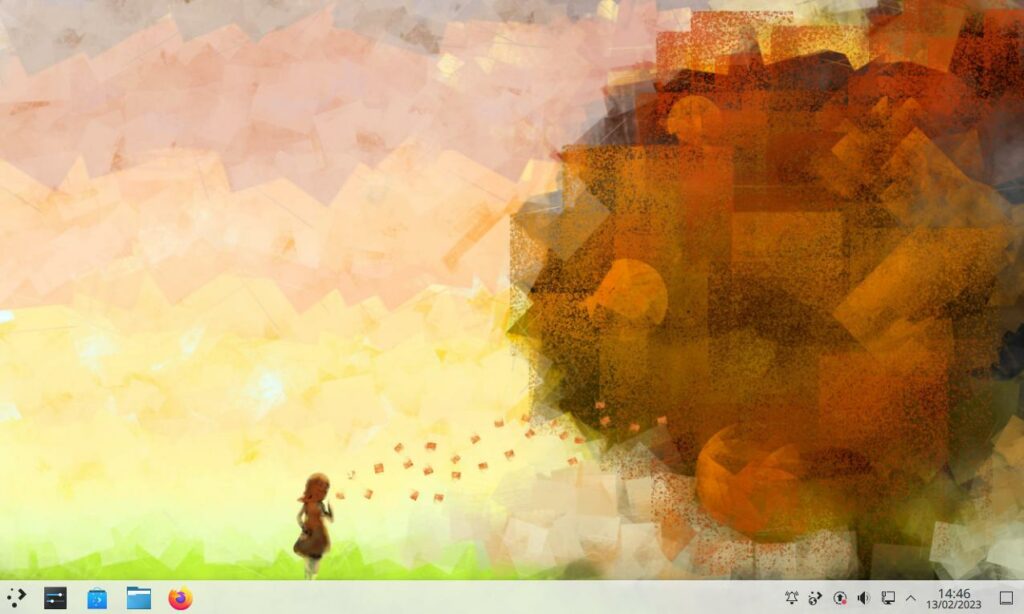
To call KDE Neon a good looking distro would be an understatement. Everything about it screams considered design choices made to make your desktop look as good as possible. From the selection of included wallpapers to the subtle animations, KDE Neon is an exemplar of good taste, which manages to showcase its fabulous good looks without showing off. You'll find the KDE Neon experience free of clutter and thematically perfect. You can easily switch between the inbuilt system-wide light, dark, and twilight themes from a single and simple settings page.
KDE Neon is built on a solid Ubuntu 22.04 base, along with KDE Plasma 5.25 and a range of software made by the KDE community. A KDE project rather than an official Ubuntu flavour, Neon can install and update packages from the Ubuntu repositories as well as KDE specific ones.
Software-wise you'll find the usual KDE developed suspects, alongside stalwarts such as FireFox for web browsing. There's surprisingly little bloat, and you're free to install your own software either via APT in the terminal or through the GUI-driven KDE Discover app.
Due to the heavy focus on graphics, KDE Neon is more suitable for a reasonably modern system with plenty of available RAM, and a decent graphics card.
Manjaro

Manjaro Linux is a rock solid Arch-based distro for people who want a user-friendly system that's easy to get along with, and with an active and supportive community ecosystem,
Choose Manjaro and you get a choice of Xfce, GNOME, and KDE Plasma desktop environments, plus community built and maintained spins, which come with DEs for Budgie, Cinnamon, and Mate, as well as the i3 and Sway window managers. During the install process, you'll also get the choice of whether to use proprietary or open source drivers.
Manjaro is a mid-weight distro which is simple and straightforward to use, and which will run happily on x64 and Arm hardware. One of Arch's best features is the Arch User Repository (AUR), which is home to a huge variety of software that isn't available in the default repositories, and you'll probably install most of your Manjaro software from the AUR. In addition to Arch's Pacman installer, Manjaro comes with the much friendlier GUI-driven Pamac, and has built-in FlatPak support for secure and sandboxed apps.
There's a Linux distro for everyone
These four Linux distros are a small sample of the total available, as it would be exhausting to list every single Linux distro on a single page. Make sure to think about what you want your distro to do, and how you want it to act and look before making a decision. Remember, before you commit, you can always try out a Linux distro using a live USB or in a virtual machine.






